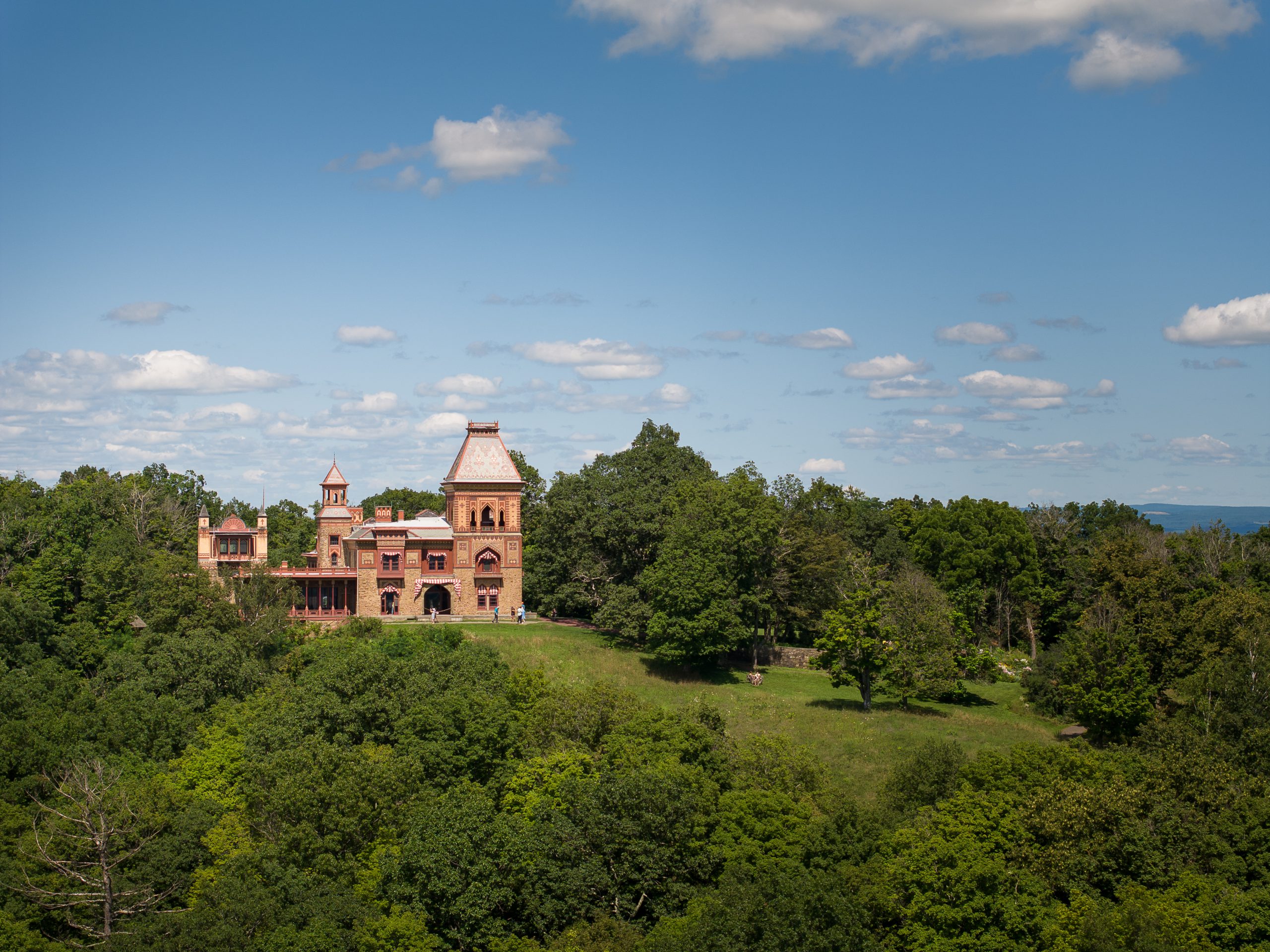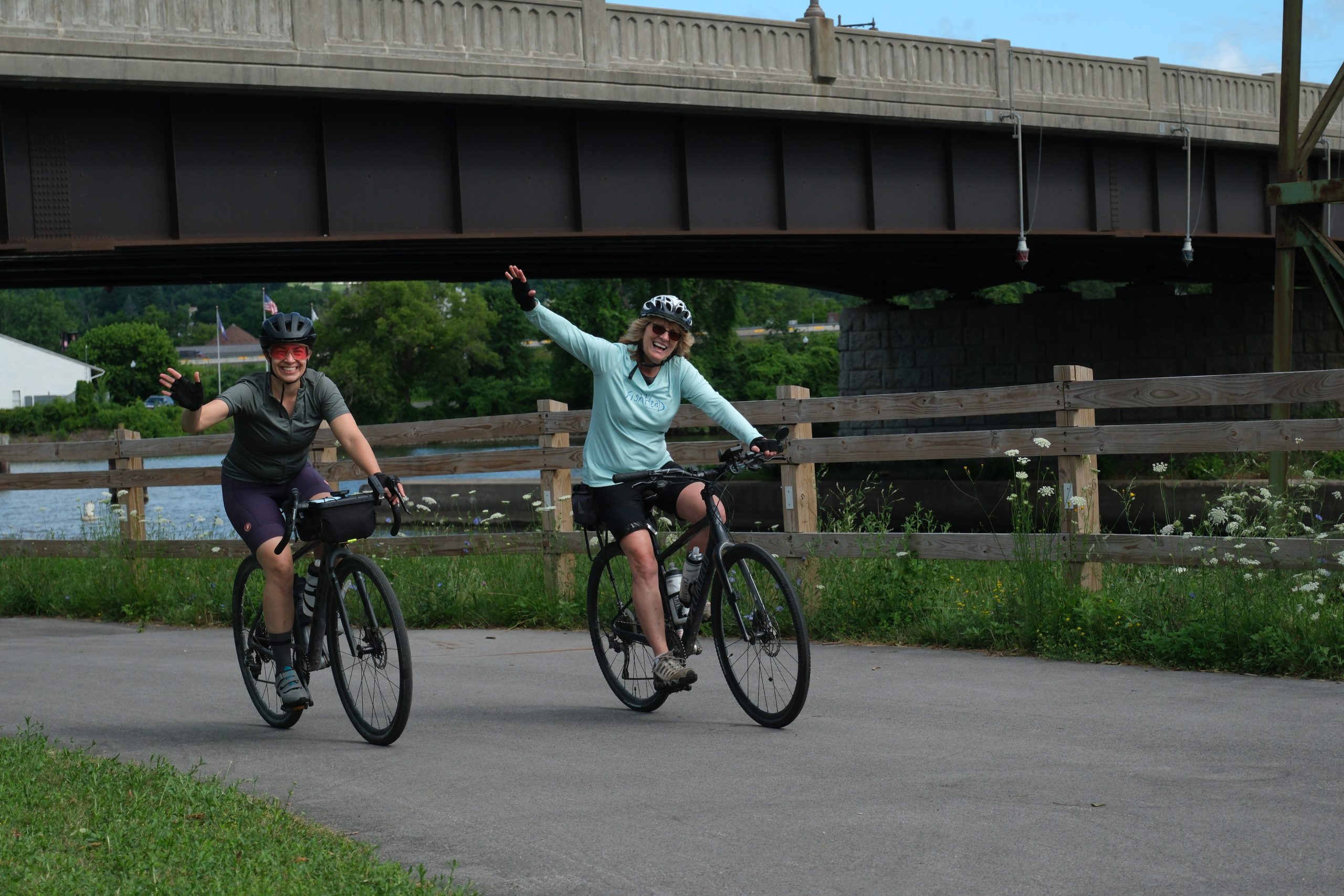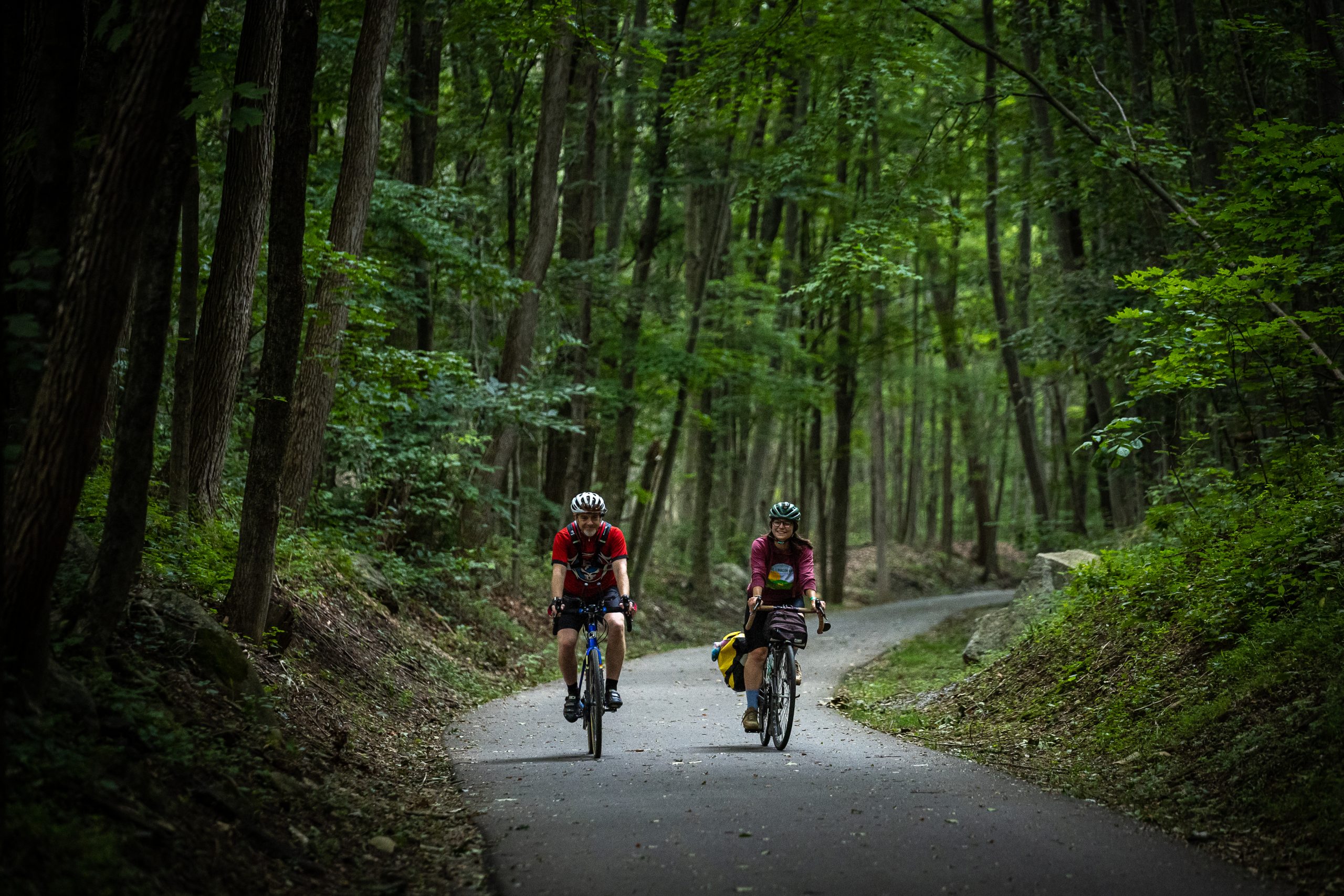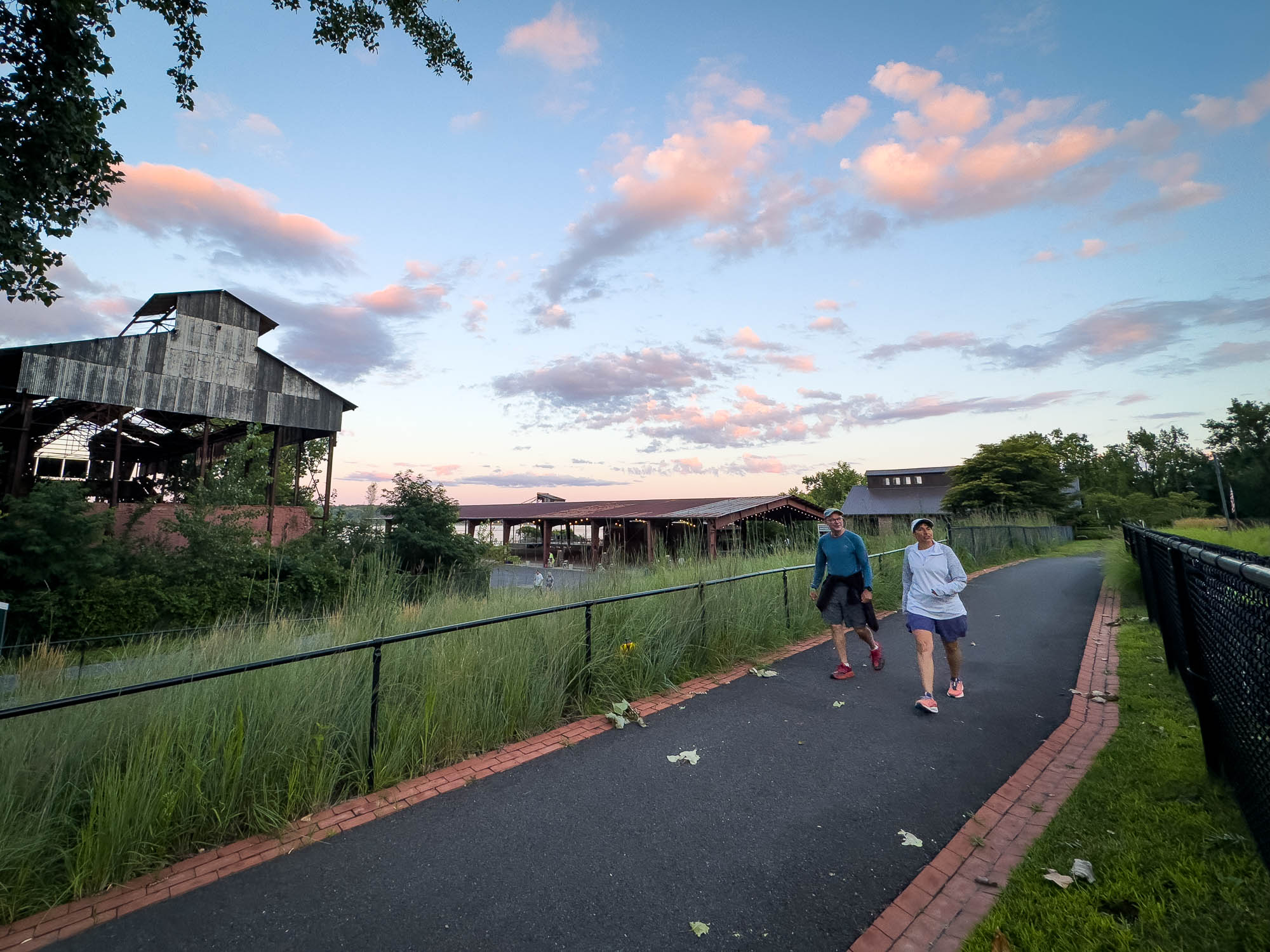Insights That Drive Change
At Parks & Trails New York, data and storytelling go hand in hand. Our reports highlight the impact of parks and trails across New York State—from economic benefits and visitor trends to infrastructure needs and community voices. Here you’ll find in-depth research and policy recommendations that inform our advocacy, inspire public investment, and guide the future of outdoor recreation.

standing up for state parks
Discover our reports that highlight funding needs, visitor trends, and opportunities to improve and protect New York’s State Parks and Historic Sites.
Building Momentum on the Canalway Trail
Explore reports that showcase progress, identify gaps, and guide future investment along the historic and scenic Erie Canalway Trail.


growing new york’s greenway trails
Learn how our research supports the expansion and enhancement of multi-use greenway trails that connect communities across the state.
trail user counts
Trail usage data turns everyday recreation into powerful evidence that helps communities fund, protect, and expand New York’s trail networks.


